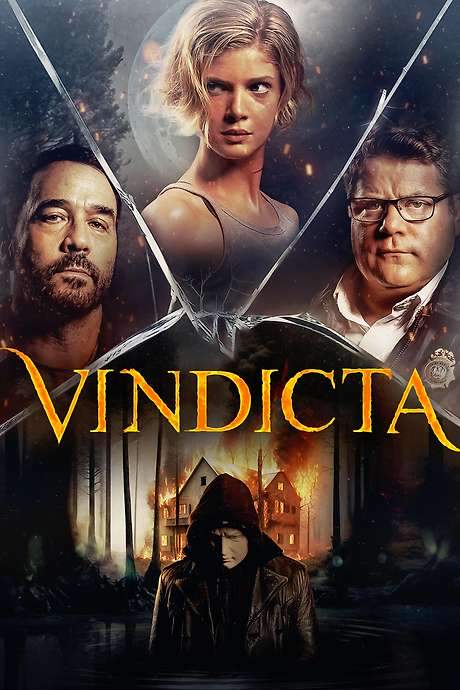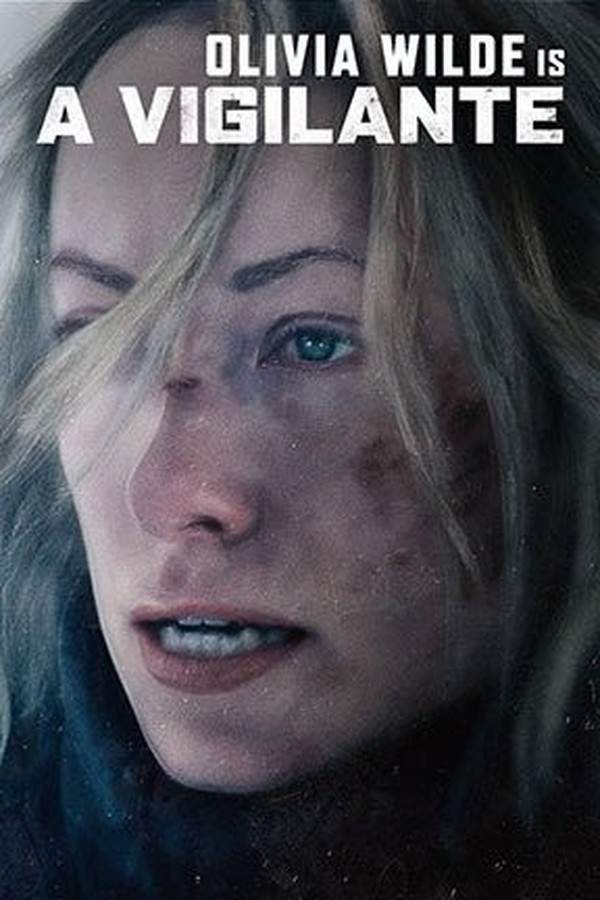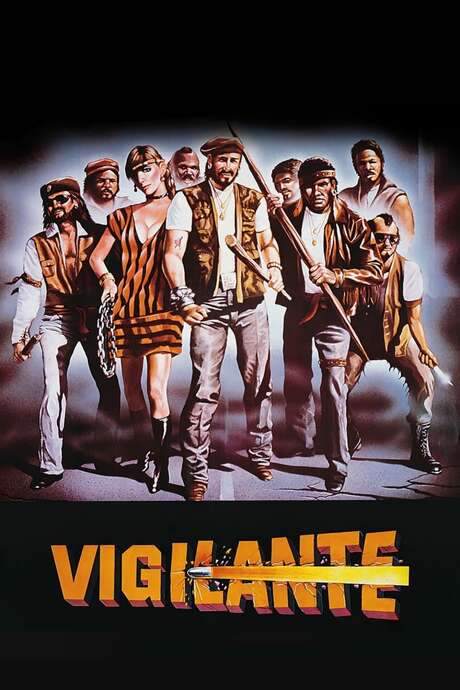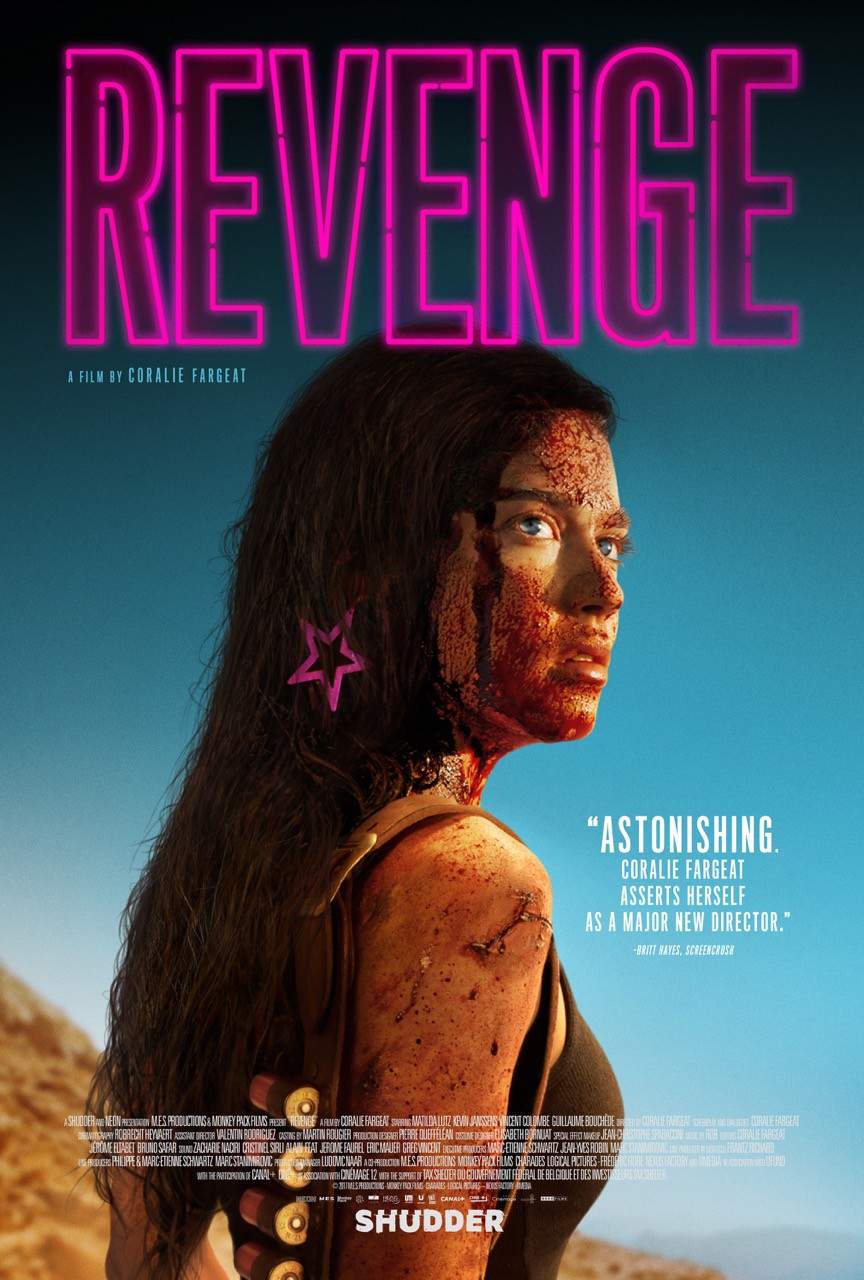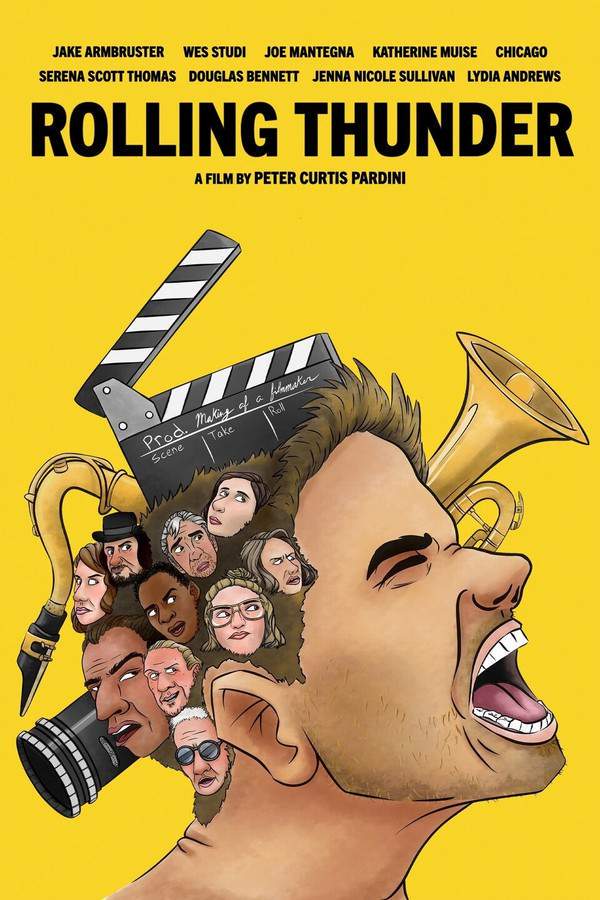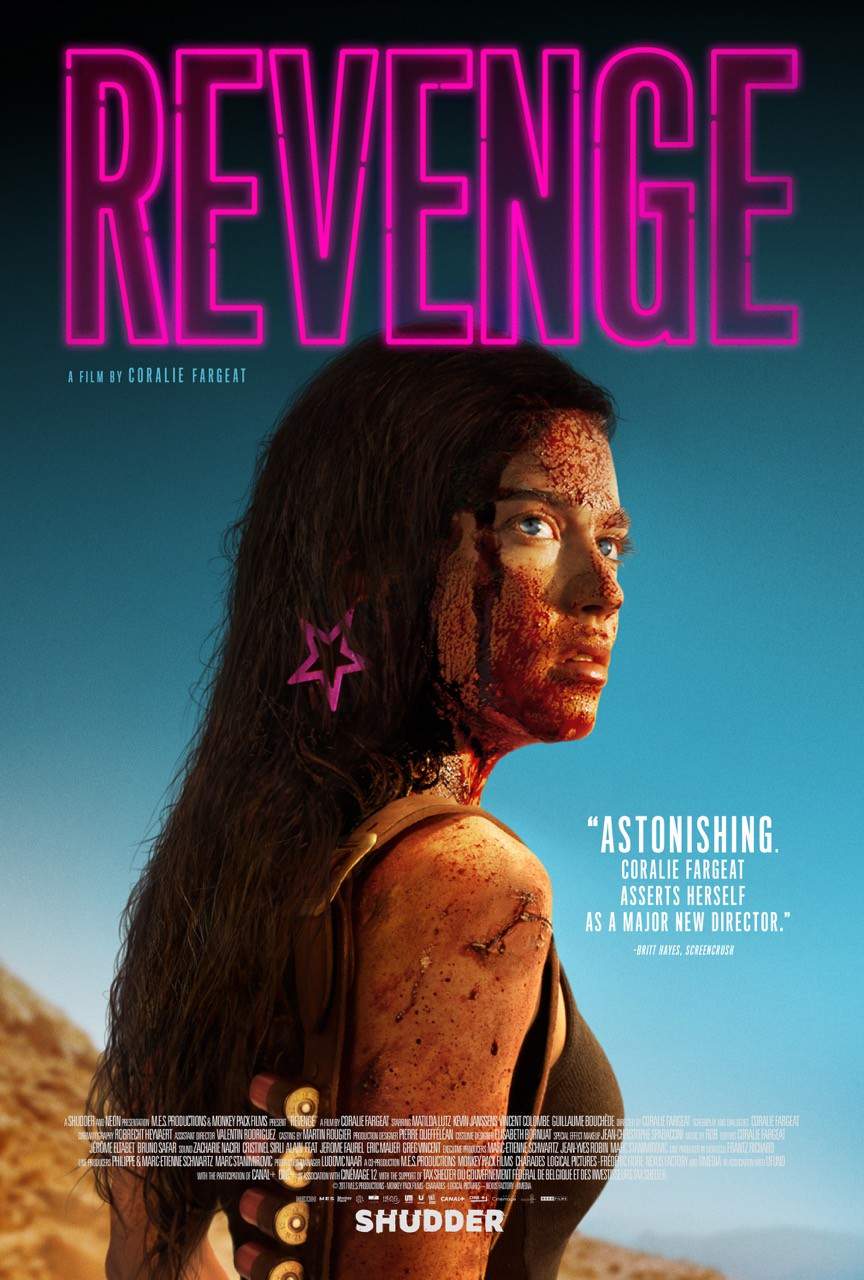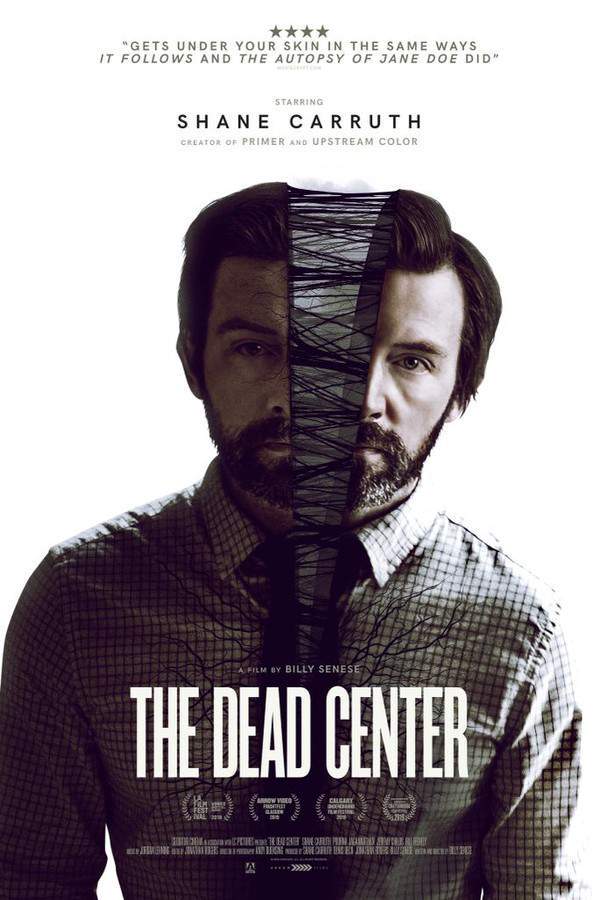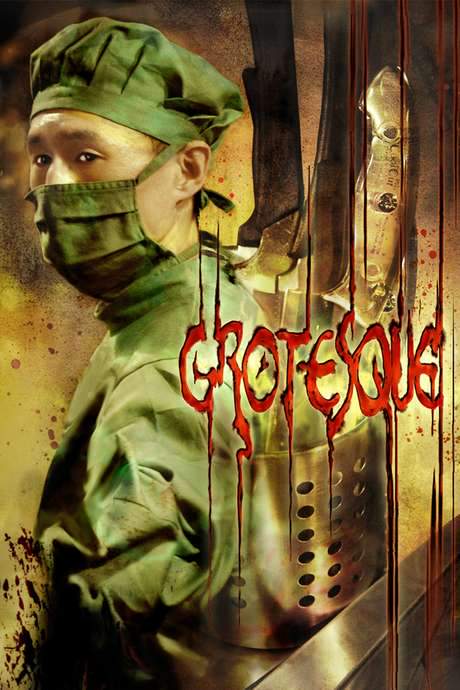
Julia
Year: 2015
Runtime: 95 min
Language: English
Director: Matthew A. Brown
A woman haunted by a traumatic past seeks a path to redemption through dangerous and unexpected choices. She confronts deeply buried memories and painful experiences as she navigates a complex and unsettling journey of self-discovery, facing psychological challenges and confronting the darkness within.
Warning: spoilers below!
Haven’t seen Julia yet? This summary contains major spoilers. Bookmark the page, watch the movie, and come back for the full breakdown. If you're ready, scroll on and relive the story!
Julia (2015) – Full Plot Summary & Ending Explained
Read the complete plot breakdown of Julia (2015), including all key story events, major twists, and the ending explained in detail. Discover what really happened—and what it all means.
Julia is a young woman haunted by a past of abuse. After being drugged and raped by Pierce and three friends, she is left for dead and drags herself home, where she has spent much of her life enduring mistreatment and turning to self-harm as a coping mechanism. The weight of trauma presses in on every corner of her world, yet she stubbornly keeps moving, searching for something that might make sense of the hurt she carries.
She hears whispers about a therapy that lets rape victims take back power from their attackers. Through the enigmatic Sadie, she is introduced to Dr. Sgrundud, whose approach draws on a dark, ritualized idea of healing that promises control and closure. The atmosphere around them feels tense and secret, edged with danger, as Sadie explains how this path could push Julia toward a reckoning she has long deserved.
Under Dr. Sgrundud’s guidance, Julia participates in a brutal, calculated vigilante act. She lures a man to her apartment—the alleged rapist of one of Sgrundud’s past patients. The sisterhood restrains him, and what follows is an act of emasculation, a lethal confrontation, and the disposal of his body. The ceremony echoes with the echoes of revenge rather than forgiveness, and it leaves Julia shaken yet strangely empowered, a step toward reclaiming agency she has long been denied.
As more hunts unfold, Julia spots Adam, one of her rapists, at the clinic where she works. She pushes him toward a meeting with the men who harmed her, claiming that the rape was the best thing that ever happened to her when she speaks to the others. The phrase haunts the air as a test of courage, a dare to confront the pain head-on, and a twisted belief that suffering could yield meaning.
On the night of the meeting, Julia drugs Adam and his two accomplices, and the consequences escalate in a stark, clinical manner. She removes Adam’s eyes—an act tied to the fact that he did not actually violate her, yet watched—while also taking the genitalia of the other men. Then she departs for Pierce, expecting confrontation, expecting resolution, expecting something only she can name.
Yet when she arrives, she discovers that the sisterhood has already slain Pierce. The situation spirals further as Julia is knocked unconscious and returned to Dr. Sgrundud after Sadie betrays her. Sgrundud explains that Julia has violated the rules of “taking medicine” and ominously reveals that the practice of emasculating victims came from his own history—a history that began with his father’s cruelties toward him after he was discovered to be homosexual and crossdressing.
Before Sgrundud can begin the operation, Sadie intervenes to save Julia and kills Sgrundud’s associates. Sgrundud turns toward Sadie, but Julia acts first, decapitating him from behind. The moment is brutal and decisive, and before Sadie can express any gratitude, Julia shoots her friend in the head. With the trauma of the night fully in the open, Julia departs into an unknown future, carrying the weight of what she has chosen to become and what she has chosen to leave behind.
Last Updated: October 09, 2025 at 16:14
Explore Movie Threads
Discover curated groups of movies connected by mood, themes, and story style. Browse collections built around emotion, atmosphere, and narrative focus to easily find films that match what you feel like watching right now.
Movies about trauma and vigilante justice like Julia
Stories where deep personal trauma fuels a violent and morally complex quest for justice.If you liked Julia's raw exploration of trauma leading to violent retribution, you'll find similar catharsis in these movies. This list features films where characters grapple with severe psychological wounds, often taking dangerous and morally ambiguous paths toward reclaiming their power and confronting their demons.
Narrative Summary
These stories typically follow a linear but emotionally complex path: a traumatic event shatters the protagonist's life, leading them down a dark, often violent, journey of confrontation. The focus is on the psychological transformation, where acts of revenge become intertwined with a desperate attempt at self-healing, resulting in an ambiguous or bittersweet resolution.
Why These Movies?
Movies are grouped here due to their shared focus on the cause-and-effect relationship between severe trauma and extreme action. They share a dark tone, heavy emotional weight, and a central theme of a damaged individual using violence as a twisted form of therapy and empowerment.
Grim and psychologically intense movies like Julia
Unsettling character studies where the mind becomes a brutal and inescapable prison.For viewers seeking the relentlessly dark and unsettling vibe of Julia, this list compiles movies with a similarly grim psychological focus. These films maintain a high level of tension and emotional weight, exploring deep-seated trauma and brutal self-discovery without offering easy resolutions or lighthearted moments.
Narrative Summary
The narrative pattern involves a steady, often linear, descent into a character's fractured psyche. The plot is driven by internal conflict and the confrontation of buried memories or dark instincts. The journey is marked by psychological challenges and a pervasive sense of dread, culminating in an ending that offers little closure and emphasizes the lasting impact of the ordeal.
Why These Movies?
These films are united by their uncompromisingly dark atmosphere, high psychological intensity, and heavy emotional burden. They share a steady pacing that builds unease, a focus on internal horror over external action, and a conclusion that leaves the audience with a sense of lingering discomfort.
Unlock the Full Story of Julia
Don't stop at just watching — explore Julia in full detail. From the complete plot summary and scene-by-scene timeline to character breakdowns, thematic analysis, and a deep dive into the ending — every page helps you truly understand what Julia is all about. Plus, discover what's next after the movie.
Julia Timeline
Track the full timeline of Julia with every major event arranged chronologically. Perfect for decoding non-linear storytelling, flashbacks, or parallel narratives with a clear scene-by-scene breakdown.

Characters, Settings & Themes in Julia
Discover the characters, locations, and core themes that shape Julia. Get insights into symbolic elements, setting significance, and deeper narrative meaning — ideal for thematic analysis and movie breakdowns.

Julia Spoiler-Free Summary
Get a quick, spoiler-free overview of Julia that covers the main plot points and key details without revealing any major twists or spoilers. Perfect for those who want to know what to expect before diving in.

More About Julia
Visit What's After the Movie to explore more about Julia: box office results, cast and crew info, production details, post-credit scenes, and external links — all in one place for movie fans and researchers.



